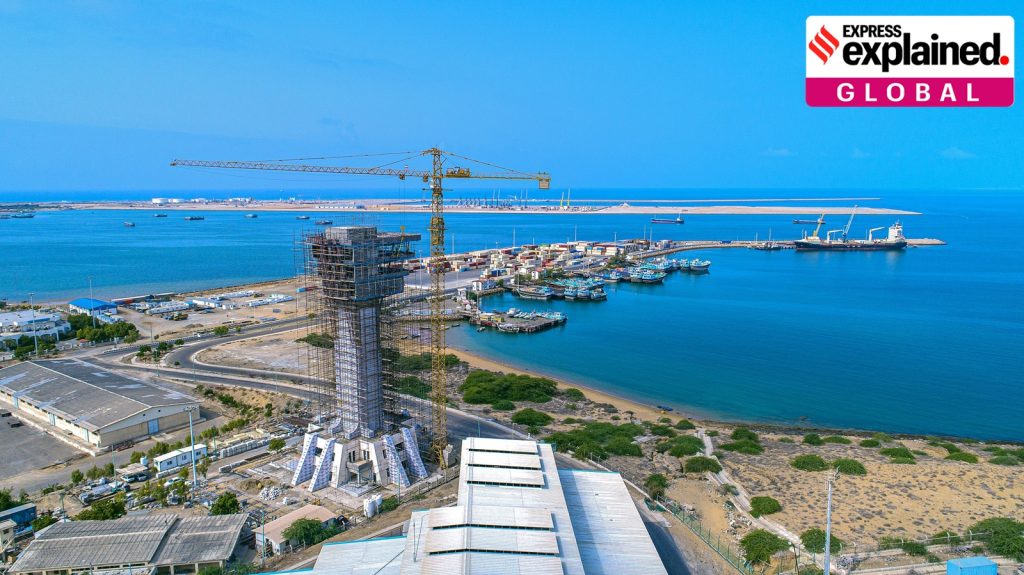January 20, 2024
The Significance and Progress of India’s Involvement in Iran’s Chabahar Port
Introduction
• The Chabahar port, located at the mouth of the Gulf of Oman in Iran, holds paramount strategic importance for both Iran and India. Recently, External Affairs Minister S Jaishankar engaged in discussions with Iranian officials, underlining the continued interest and collaboration between the two nations in this critical project.
Historical Background
• The genesis of India’s involvement in the Chabahar port dates back to 2002 when discussions began between then National Security Advisor to the Iranian President, Hassan Rouhani, and his Indian counterpart, Brajesh Mishra. The Chabahar project gained momentum as India sought alternative trade routes, particularly due to the geopolitical challenges posed by a hostile Pakistan.
Nature of India’s Involvement
• India’s active participation materialized in 2016 when a trilateral agreement was signed between India, Iran, and Afghanistan. The first phase of the Shahid Beheshti port was inaugurated in December 2017, facilitating the transport of goods between India and Afghanistan. India Ports Global Limited (IPGL) has been instrumental in the development, aiming for a port capacity of 82 million tons per year upon completion of all four phases.
Delays and Challenges
• Despite progress, the Chabahar project has faced delays attributed to India’s historical challenges in executing infrastructure projects in neighboring countries. Geopolitical hurdles, particularly Iran’s complex relationship with the United States, have been a significant impediment. The “axis of evil” designation and subsequent sanctions slowed down the project, and the US exit from Afghanistan further complicated the scenario.
Future Outlook
• The pace of Chabahar port development hinges on the evolving dynamics of US-Iran relations, which could impact the project significantly. Ongoing geopolitical uncertainties, including the crisis in the Red Sea and recent missile strikes between Iran and Pakistan, add complexity to the situation. However, scholars emphasize that with proactive diplomacy and efficient project implementation, Iran and India can overcome challenges, maintaining Chabahar as a crucial transit hub.
Conclusion
• In conclusion, the Chabahar port remains a cornerstone of strategic cooperation between Iran and India. While challenges persist, the commitment of both nations and the potential benefits of the port for regional trade and connectivity underscore its enduring significance. The future trajectory of the Chabahar project is intricately linked to the geopolitical landscape, emphasizing the need for adaptive and diplomatic solutions.
January 30, 2025
January 20, 2025
January 14, 2025

